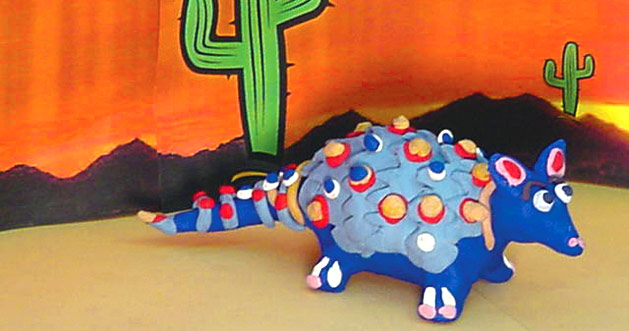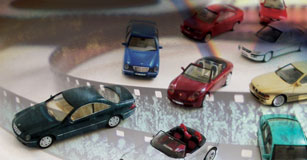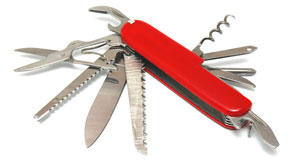Clay Animation SpecTECHular!
Engage and inspire with hands-on curriculum projects

Hi! Are you interested in what our team is working on? You may recognize Abraham Lincoln with his stovepipe hat or Dr. Martin Luther King or even Thomas Jefferson, but do you recognize the other characters? That one over there is Elizabeth Cady Stanton, next to her is Samuel Gompers, next to him is Betty Friedan, and next to her is Russell Means.
Our characters are about to have a discussion about rights and freedoms. We are creating a clay animation production in which the characters are trying to write a new Declaration of Rights. As a final project for our history class, we are supposed to pick one concept and show how perspectives around this concept changed during the course of American history. Our team decided to explore rights.
After brainstorming various concepts of rights, each of our team members researched a couple of different movements and the people associated with them.
Each team member then brought suggestions back to our team about who we might choose as a character to represent the movement along with some ideas about what would be important to each of these people and how they would interact with other members of this team.
Our team has tried to pull together a diverse group of people with different backgrounds and from different time periods incorporating ideas from civil rights, women’s rights, suffrage, the American Indian movement, the labor movement and American independence.
We will be presenting our final project to the rest of the class in a couple of weeks. The time has been going by so fast, I hope we can get finished in time. I think I learned more in the last two weeks than I have the whole semester!
This vignette gives a brief insight into the incredible possibilities of the clay animation process. If you are looking for ways to motivate students or are encountering reluctance to technology integration, clay animation may be your solution.
A clay animation production is a new approach to curriculum and content. During the clay animation process, students work in teams to create clay characters and tell a story. That story could be an historical event, a chemical process, a fictional story, or just about any curriculum activity.
Often, they get so caught up in the production that they forget they are learning.
Students learn best when they select and transform information. Clay animation requires students to write, design, organize, and implement a project from scratch. They not only research the content but must analyze how best to apply their knowledge and creativity to share the concepts and information related to the subject. Often, they get so caught up in the production that they forget that they are learning.
Susan Tresner, an instructor using clay animation at the First to the Future Multimedia Camp, says “I really enjoyed watching the creativity spring forth as they began to build their creature. They got so excited about creating an original animated clip for their projects that they began building and dreaming up their plot almost simultaneously.”
Clay animation also appeals to multiple intelligences and provides an opportunity to reach the variety of learners in your class. The parts of a clay animation production help all learners strengthen the different intelligences as they complete their project. For example, making a clay character engages the bodily-kinesthetic intelligence, writing the story or script engages the linguistic intelligence, working in a team engages the interpersonal intelligence, creating an animated production engages the spatial intelligence, and organizing and sequencing the frames and tasks engages the logical-mathematical intelligence.
In 1991, the Secretary’s Commission on Achieving the Necessary Skills (SCANS) of the US Department of Labor issued a report entitled What Work Requires of Schools to examine today’s workplace and outline the skills necessary for success in this new work environment. Working in a collaborative team on a clay animation production teaches students to communicate freely and directly, to support their team members, and value each team member’s contribution. The various tasks necessary to complete a clay animation production encourage students to identify their strengths and weaknesses and assign tasks within their team accordingly. The skills necessary to complete a successful clay animation project prepare students for this new work environment and meet the SCANS skills and competencies.
Clay animation is a great transition into technology and blends the physical with the electronic and the nontechnical with the technical. While working with the character and planning out the animation, most clay animation producers forget about the computer, making the technology portion transparent. Because of the transparent nature of the technology, clay animation appeals to new technology users.
Technology is definitely an important part of the process, but not the central point or reason for the project. Clay animation is first and foremost about content and creativity. Project content depends on the subject area in which clay animation is implemented.
Clay animation productions also encourage connections and partnerships between different educators at the same school site or at multiple sites. Much of the clay animation process relates to art and art techniques and is a fantastic time to enlist the help of an art teacher. You might also recruit a music teacher to assist in creating a sound track and a technology coordinator to help create the computer animation.
You can apply clay animation in almost any area for spectacular results. Don’t delay, clay today!
Reprinted by permission of VSTE















